Header Photo: Port Stanley Harbour – After (Photo: Steve Garrett)
Before and After the Falklands War (continued)

I wrote to my parents with the warning that may sound as the ‘green light’ that would give to Argentina.
The major infrastructure project that year was a road out to Darwin to improve communications and provide jobs. We could walk freely on the hills and beaches. Bruce wrote: “I got a lift out with someone called Marguerite to Moody Brooks Marines Camp. I wanted to get a small ammo box to keep my camera clatch in. The sergeant was very helpful, I so walked over to the dump, past some Marines on fire practice and promptly got drenched in foam to loud cheers from the rest of the crowd there. I got a lift back from a couple of farmers, who instantly recognised me as a FID (not difficult).”
These impressions set the scene for our time South. FIDs were amongst the few who knew where the Falkland Islands were, our arrival on the islands was a key ‘event’ in the year, and our time in Marguerite Bay was in what was then a little-known margin of the planet.
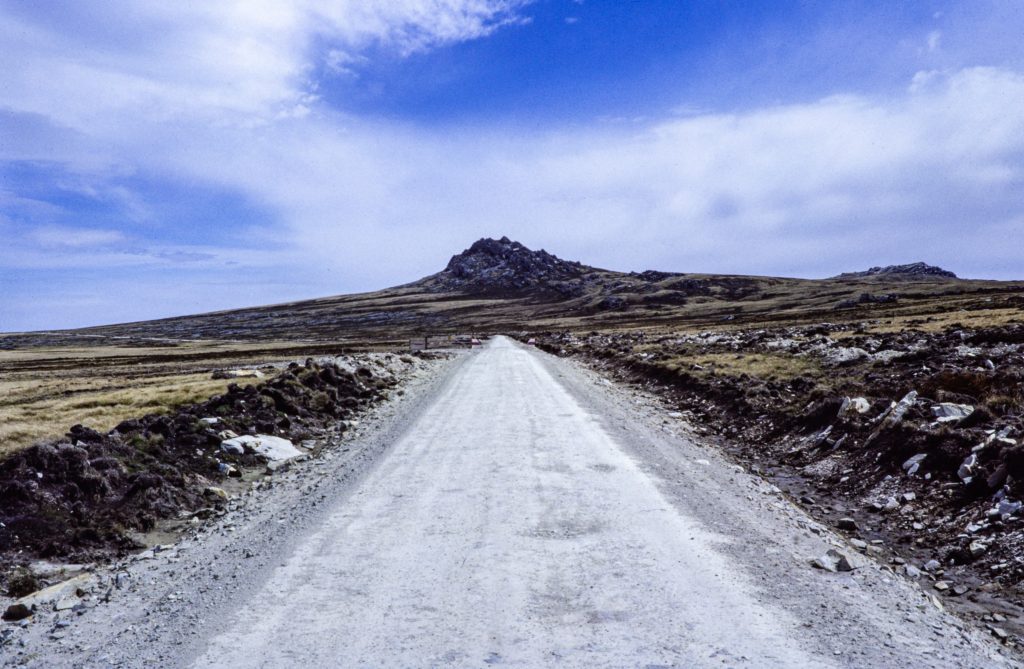
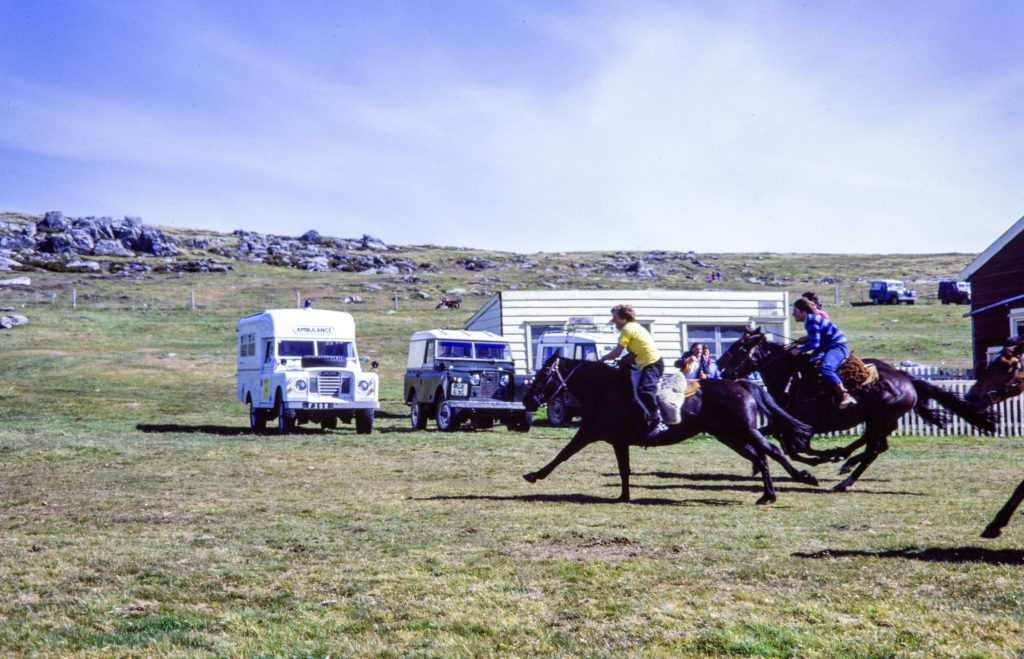
As part of our regional cruise on the Bransfield following the ‘Night the Planes Blew Over’ (see 1981 above) we returned to Stanley for Christmas Day 1981. A few of us went to Midnight Mass in the Cathedral which ended with the National Anthem – as Bruce wrote, “more British than the Britain”. We were able to make a trip to Kidney Island, and wander along the road to the see the wildlife on the beaches of York Bay without a care, and enjoy the unique Boxing Day spectacle of Stanley Races. Bruce wrote: “We had too long a break in Stanley, but not long enough to get away from Stanley. Nevertheless, it was very enjoyable and the hospitality of the Islanders has been astounding.”
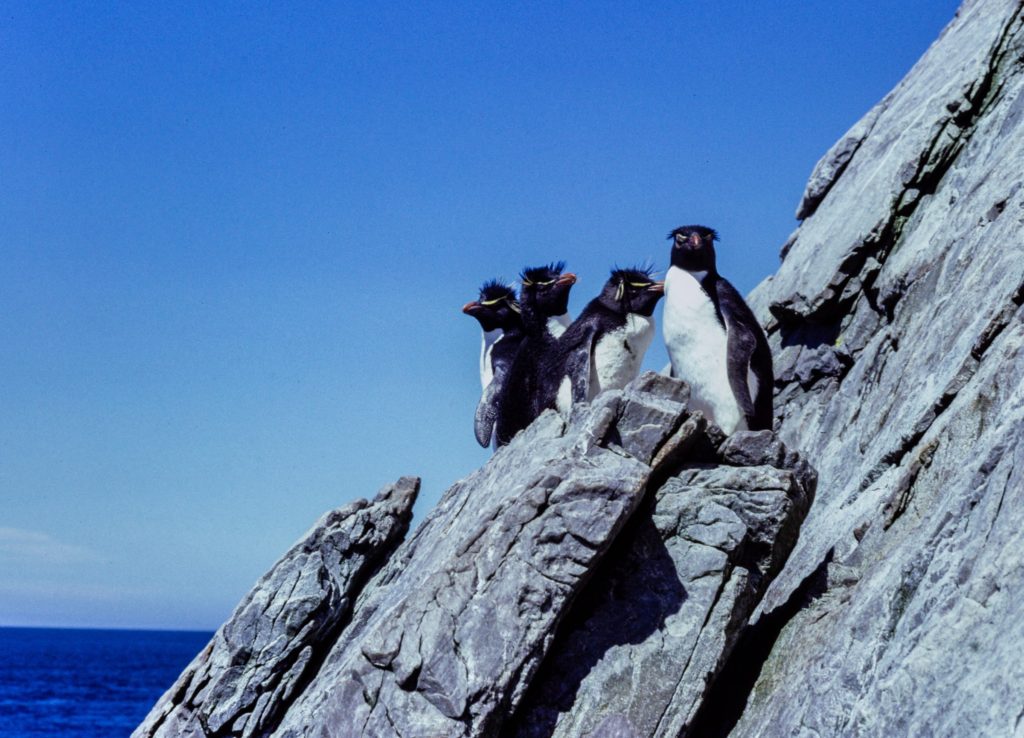
Our final port of call on this trip was the Argentinian coastal resort and naval base of Mar Del Plata, which seemed a luxurious place, without the obvious poverty of Buenos Aires but with long tree-lined boulevards, flowers, beaches, and beautiful women. The officers of RRS Bransfield and HMS Endurance enjoyed great hospitality, building relationships between the services of the different countries that may have prevented more fatalities in the subsequent conflict
After
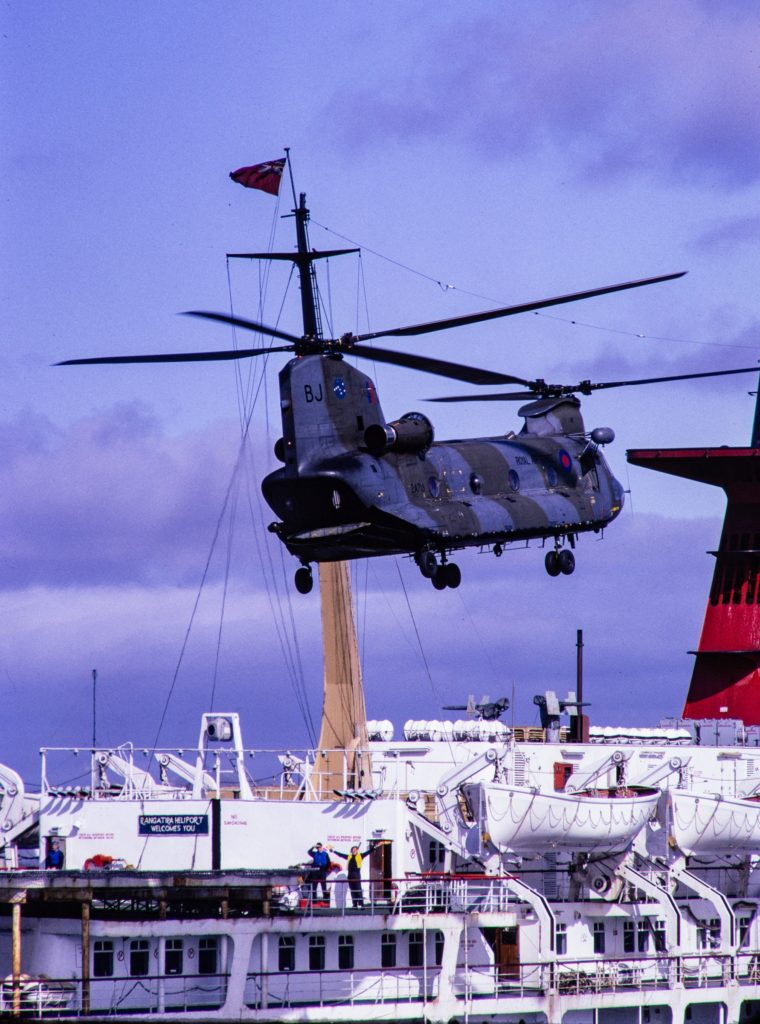
During the conflict, we enjoyed some kind of bizarre low-level dinner party celebrity in the UK as being some of the few people who knew where the Falkland Islands were, let alone having been there. We returned to Stanley a year later in November 1982 six months after the conclusion of the war, finding Stanley a hive of helicopter activity.
The port was congested with ferries, tugs, salvage ships and tankers. The airstrip peninsula skyline was a litter of tents, domes and Rapier missile installations. We docked next to the twisted wreckage of the RFA Sir Tristam, a relic of the carnage of Bluff Cove.

The town buildings were surprisingly unaltered, apart from the lack of peat smoke and a hole in the roof of the police station. The British forces had done a good job of tidying up and then keeping out of Port Stanley, exhibiting more care for the place than their Argentinian counterparts. I noted that any insularity, insecurity and detachment in the viewpoint of islanders had been demolished by the weight of world attention and an increase in contact with Britain to several flights a day. We spent four hours or so with the Smiths discussing the war from their perspective and ours. Any thought of excursions to the hills or beaches were not even discussed due to the widespread scattering of landmines.
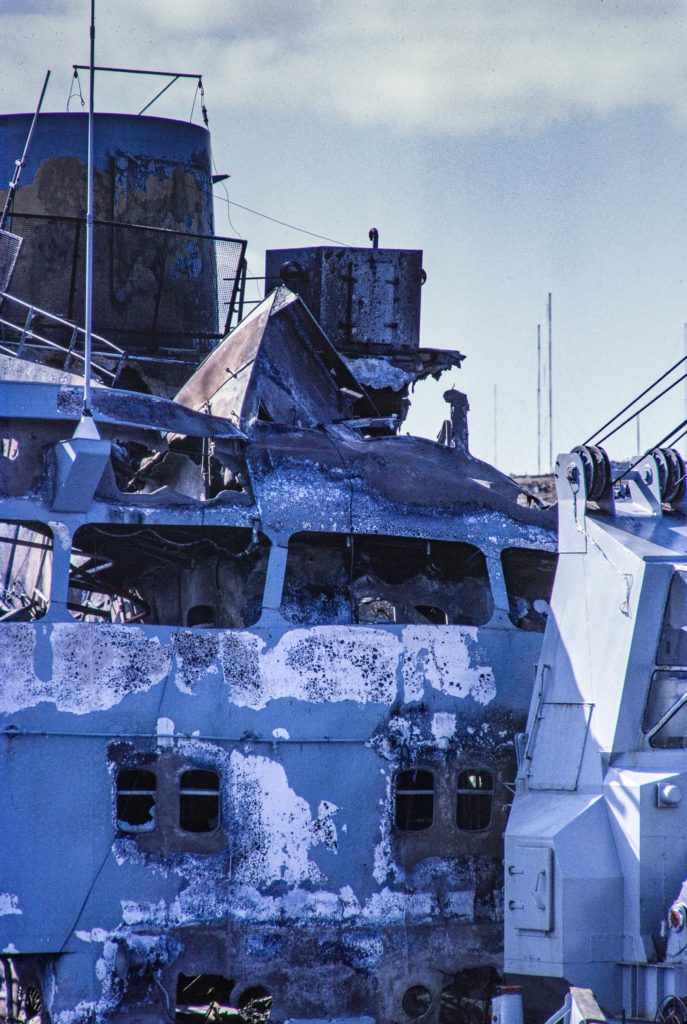
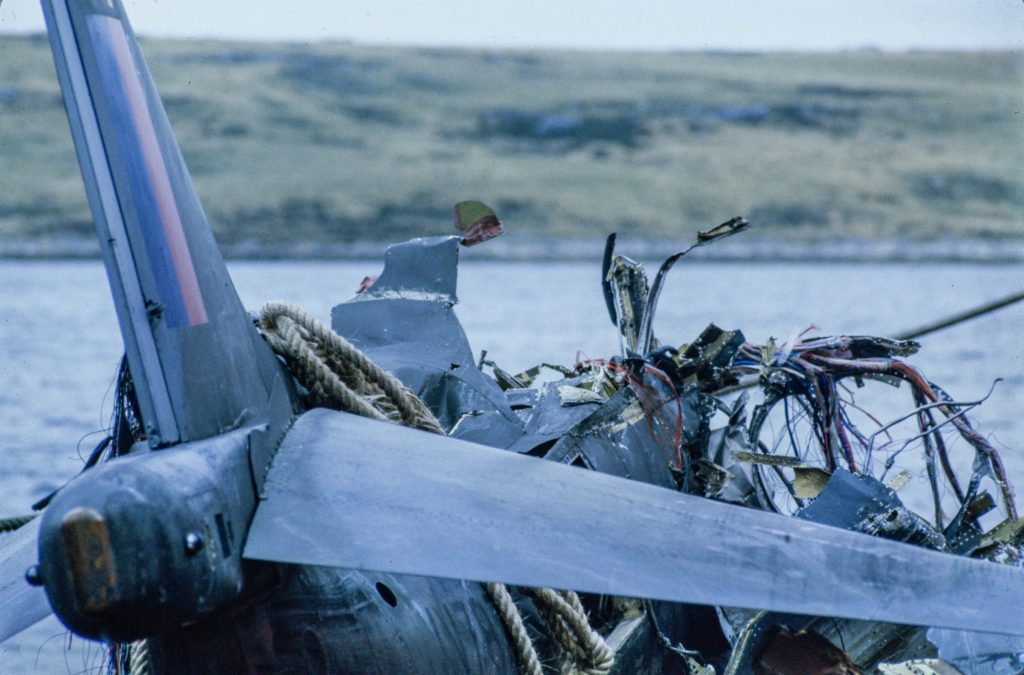
The international relations framing our time South had also changed significantly. Brazil became a key country of transit, although not entirely benign – sugar had mysteriously appeared in BAS Twin Otter fuel tanks during refuelling in Brazil. The dynamic of international relations had changed. Our partnership with the Chileans became closer with us staying at Presidente Eduardo Frei in the South Shetland Islands for aeromagnetic surveys and aerial penguin photography. During cocktails at Russia’s Bellingshausen beneath the all-seeing eyes of Lenin our Argentinian colleagues were noticeably silent.
Our return to the UK had a very different feel to the prior year – through Stanley and on to Ascension Island in the bowels of a very noisy Hercules, then onward to RAF Brize Norton in an antique VC-10. The airbridge to the UK was established which BAS still benefits from today, making the journey to and from the Antarctic more efficient for scientists but without the atmosphere and ability to acclimatise provided by weeks on board ship.
The long-term effects of the conflict on BAS funding started to become clearer the following season with the start of a phased ramp-up of BAS air capability and ultimately with the delivery of a hard airstrip, hanger and Dash-7 to enable a direct air link to Port Stanley from Rothera.

